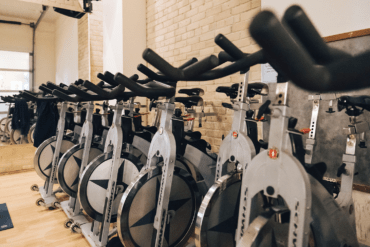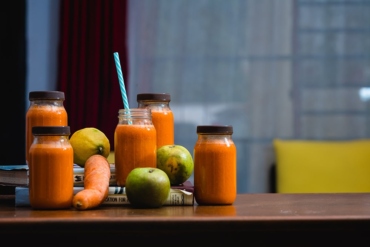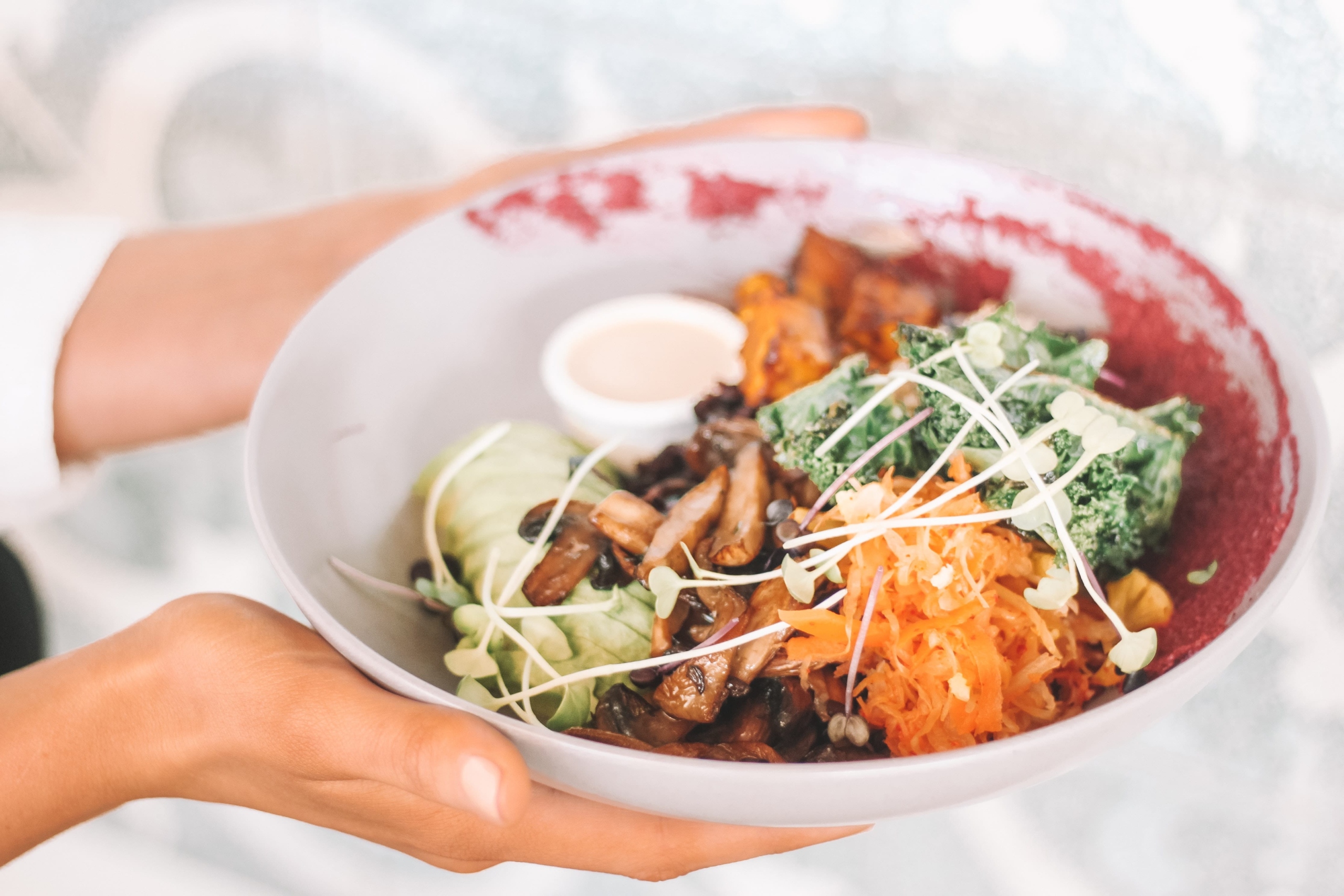The past, present, and future of RPM Stationary Cycling
Early mornings at 2 Roxborough Street East aren’t your typical wake-up-and-smell-the-coffee days. In fact, they’re quite the opposite. At 6:10 am sharp, ambient beats flood the area as early risers eagerly make their way into Totum’s spin studio. Spin bikes are aligned in front of mirrors so riders can watch themselves grind out to “spinologist” Shelby Pilot’s groovy beats. Spinners take their place on the bikes, and at the cue of Shelby’s battle cry, they lift off their saddles for a 45-minute intensive cardio experience.
With today’s abundance of spin classes at every corner of the city, you’re probably wondering where this fitness phenomenon originated. Tilt your head and look west to the coast of sunny Malibu, California. It’s the early 1990s: palm trees sway in the breeze, light illuminates around you a spectrum of colour made up of the turquoise ocean, taupe and pink stucco, shiny sports cars, and spandex that unapologetically defines the lean curves and bulging muscles of the west coast’s fitness aficionados.
I’m already overwhelmed with images of neon MTV intros, Zach Morris’s perfect hair (Saved By The Bell), and can even hear the melodramatic, Chihuahua-like whining of Tori Spelling (Beverly Hills 90210). You, among a pilgrimage caravan of Angelinos (residents of Los Angeles), make your way into a fitness studio for a new-wave cardio endurance class, respectfully called Spinning. Why “Spinning”? Well, baby, it’s a rush and will leave even the toughest athlete spun.
“Before Gunner Peterson was whipping J-Lo and Kardashian butts, his butt was spinning with me,” Shelby says. “Before Bob Harper was leading the Biggest Losers to fitness victory, he was spinning with me.”
If you don’t know Shelby, pique your curiosity and poke your head into Roxborough studio. Don’t let her smile and love of kittens fool you—she’s a powerhouse and will not take no for an answer. And rightfully so.
Shelby’s background as a triathlete and co-founder of high-endurance RPM stationary cycling has earned her accolades in California’s fitness industry. Developed with South African cyclist “Johnny G” (Jonathan Goldberg), spinning quickly became known across the state as one of the best aerobic group fitness classes. In 1994, Penelope Green wrote for the New York Times that not only was spin class “sexy,” but also terrifying, due to the whirling sounds of pedals in a perpetual state of inertia. On the door of the RPM studio, Shelby posted a sign reading, “If you become uncomfortably overheated, please remind yourself to activate your exhaust system. (Signed) The Grim Reaper.”
But the spinning magic didn’t begin in the ’90s. The first spin studio emerged in the late ’80s in Santa Monica. Santa Monica was a seedbed for such celebrities as Kylie Minogue and Michael Hutchence. In addition to pop music superstars, Shelby also led the likes of the Super Bowl XXIV champions. It’s quite the image—and this craze continued on to garner the attention of fitness expert and weight loss author Susan Powter. In her 1994 publication Stop the Insanity, Powter describes her first spin experience with Shelby. She writes,
I’m telling you, I’ve seen lots of things in the last couple of years, but this kind of strength, endurance, and cardiovascular fitness level I’ve never seen in the likes of—don’t even ask how perfect her body was…the kind where you can see every muscle, toned, tanned, and lean…I had to accept the fact that I was one big weenie next to this woman—not easy to do when you are a “fitness expert” blasting all over the TV and are kind of recognizable.
Evidently, spinning is no easy feat, even for a television fitness star or a heavyweight professional football player. But, as Shelby adds, this was at a time when spinning was not the commodified product it is today. With the rise and influence of social media and image-sharing platforms like Instagram, fitness culture has changed. We often only see the final product—fit bodies and heavily branded studios—but general health and wellness is a holistic process where you experience the good and the bad, not a curatorial assemblage of what appears best for 1,000 likes and 100 new followers.
So what’s in store for the future of spinning? “We created the wheel. Why change a good thing?”
Wanna sweat? Spin classes run:
Mondays and Wednesdays at 6:30 am with Amy Goldberg;
Tuesdays and Thursdays at 6:15 AM and 10:15 AM; Saturdays at 9:05 AM with Shelby Pilot;
Sundays at 9:30 am with Amy
Classes held at 2 Roxborough Street East | All levels welcome | Sign up online








